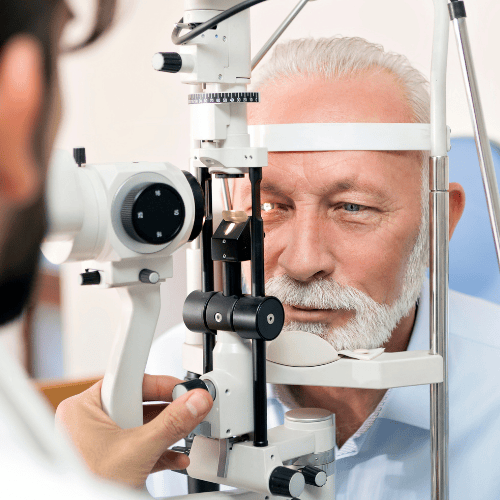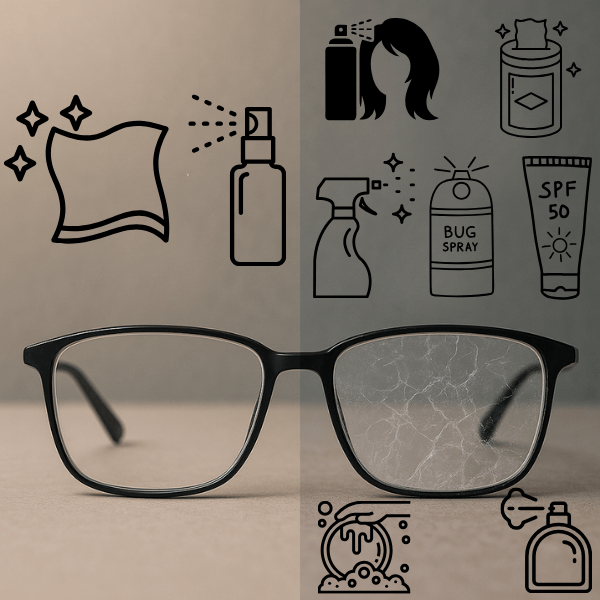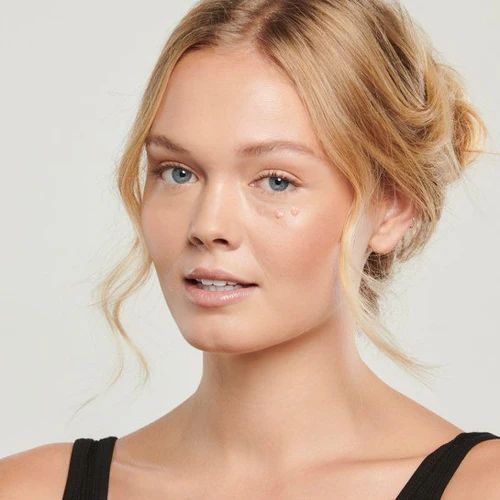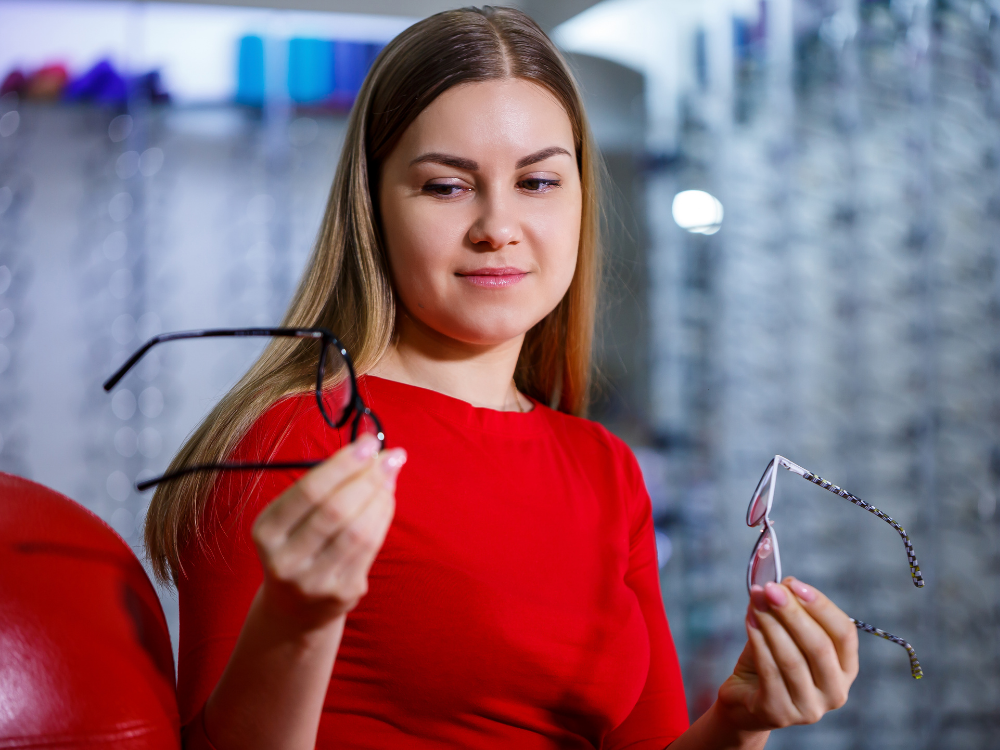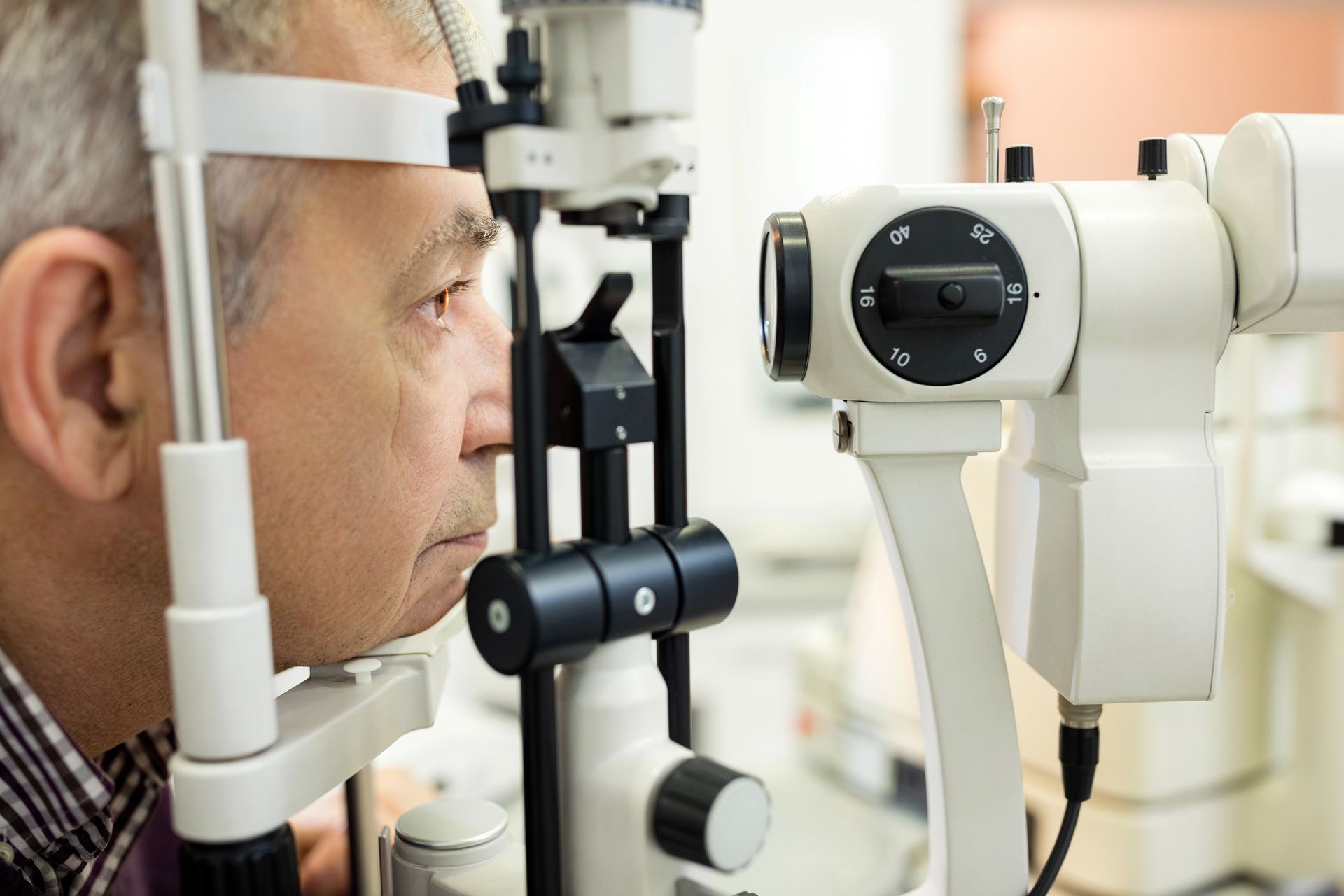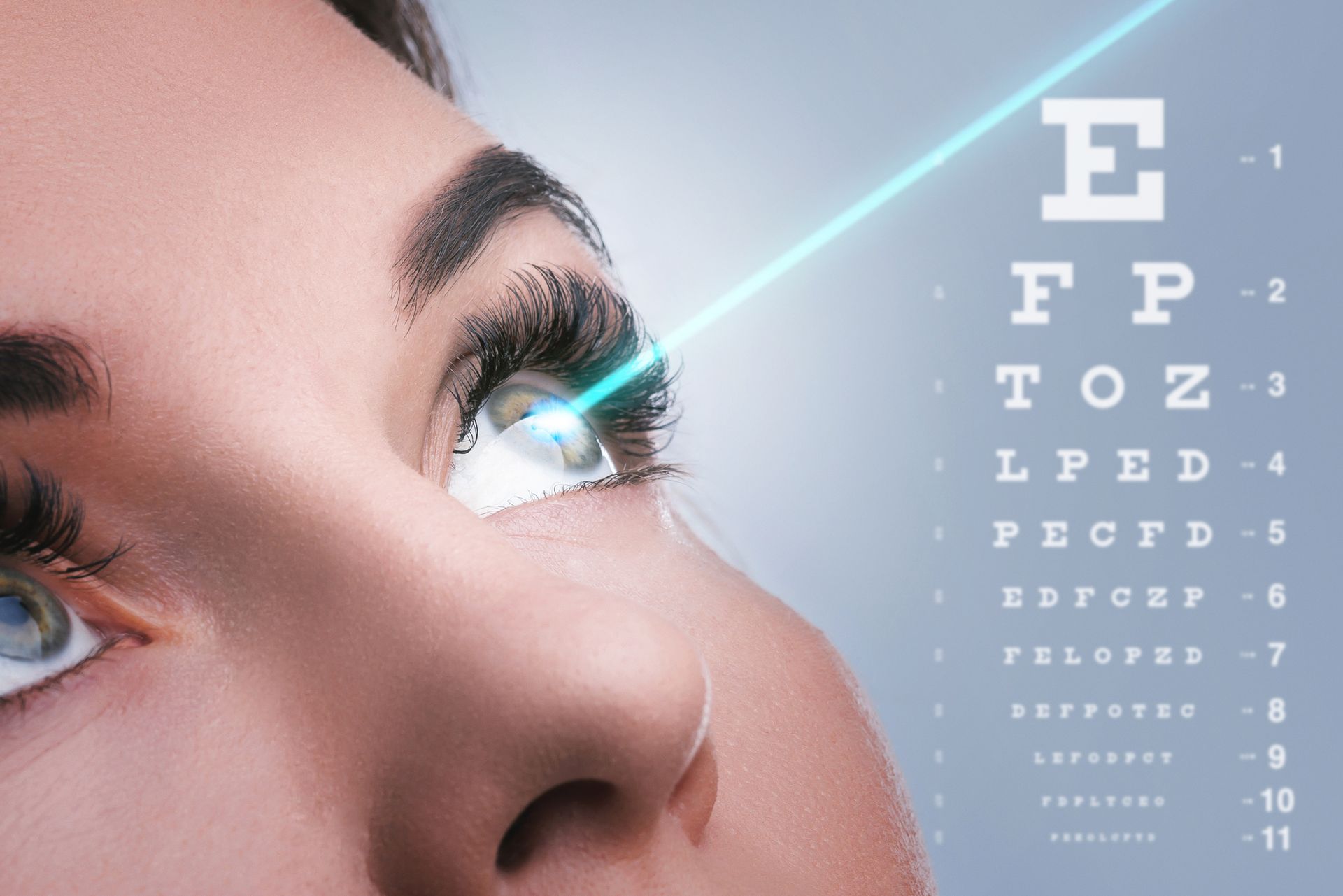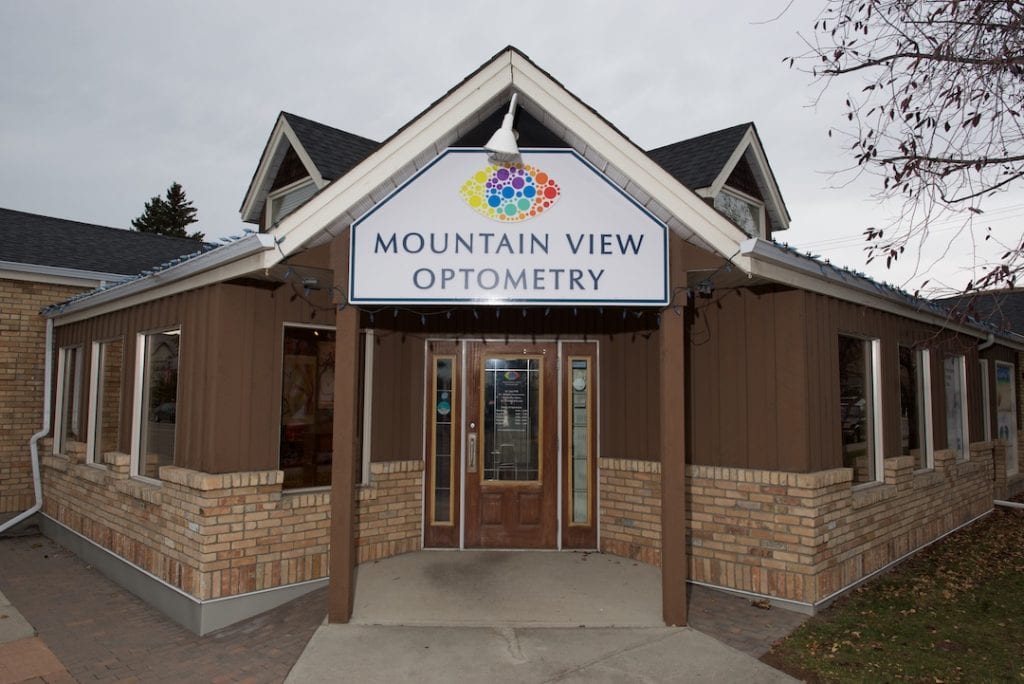New Paragraph
Articles

As a locally owned business, we deeply appreciate your support. Recent events have prompted us to reflect on how many other Canadian companies are also supported when you visit us for eye care services. This month, we are proud to highlight one of our key “Made in Canada” suppliers – ZEISS Vision. Specializing in precision optics, ZEISS spectacle lenses are designed to improve vision in several ways, including sharper vision at night, better contrast, and more natural colours. When you order a set of new ZEISS lenses from MVO, you support a Canadian company employing 250 dedicated staff who work hard to custom build the glasses you will be wearing for (on average) the next two to three years! Thank you for your commitment to keeping your business in Canada!

Visual snow syndrome (VSS) is a condition that causes people to see visual disturbances similar to static on a television. This "visual snow" can be persistent and is often accompanied by other symptoms that can affect daily life. As more people learn about visual snow syndrome, it becomes essential to understand its symptoms, potential causes, and how to manage it.

Discover the latest collection at MVO-Pellicer by Etnia, a family legacy in eyewear that spans three generations. Inspired by Barcelona's cultural heritage, this collection blends innovative designs with top-quality materials like titanium and high-grade Italian acetate for unmatched durability, comfort, and style.

At MVO, we believe that knowledge is key to maintaining your eye health. During your comprehensive eye exam, we perform a variety of tests that may seem complex but are essential for ensuring that your eyes are healthy and your vision is optimal. In this article, we will explain the importance of the advanced technology used at MVO during your eye exam and how it contributes to your overall eye care.

Looking for designer eyewear in Calgary? Mountain View Optometry offers a premium selection of stylish, high-quality frames from top brands like Maui Jim, Gucci, Oakley, Bevel, and more. Whether you need prescription glasses, fashion-forward sunglasses, or sports eyewear for active lifestyles, we have the perfect pair for you.

In recent years, a new surgical procedure has been developed to provide an option for people looking for a permanent change to their eye colour. Keratopigmentation involves the laser-assisted introduction of pigment into the cornea, creating a cosmetic effect that can transform one’s appearance. However, with any medical intervention, it is essential to consider both the potential benefits and risks involved.

Sunny days are finally here and it’s time to step up your sunglass game! With so many styles, shapes, and brands to choose from, finding the perfect pair of sunglasses can be overwhelming. But fear not, we’re here to help you navigate the wide world of shades and find the perfect pair to suit your face shape, style, and personality – while at the same time protecting your eyes.
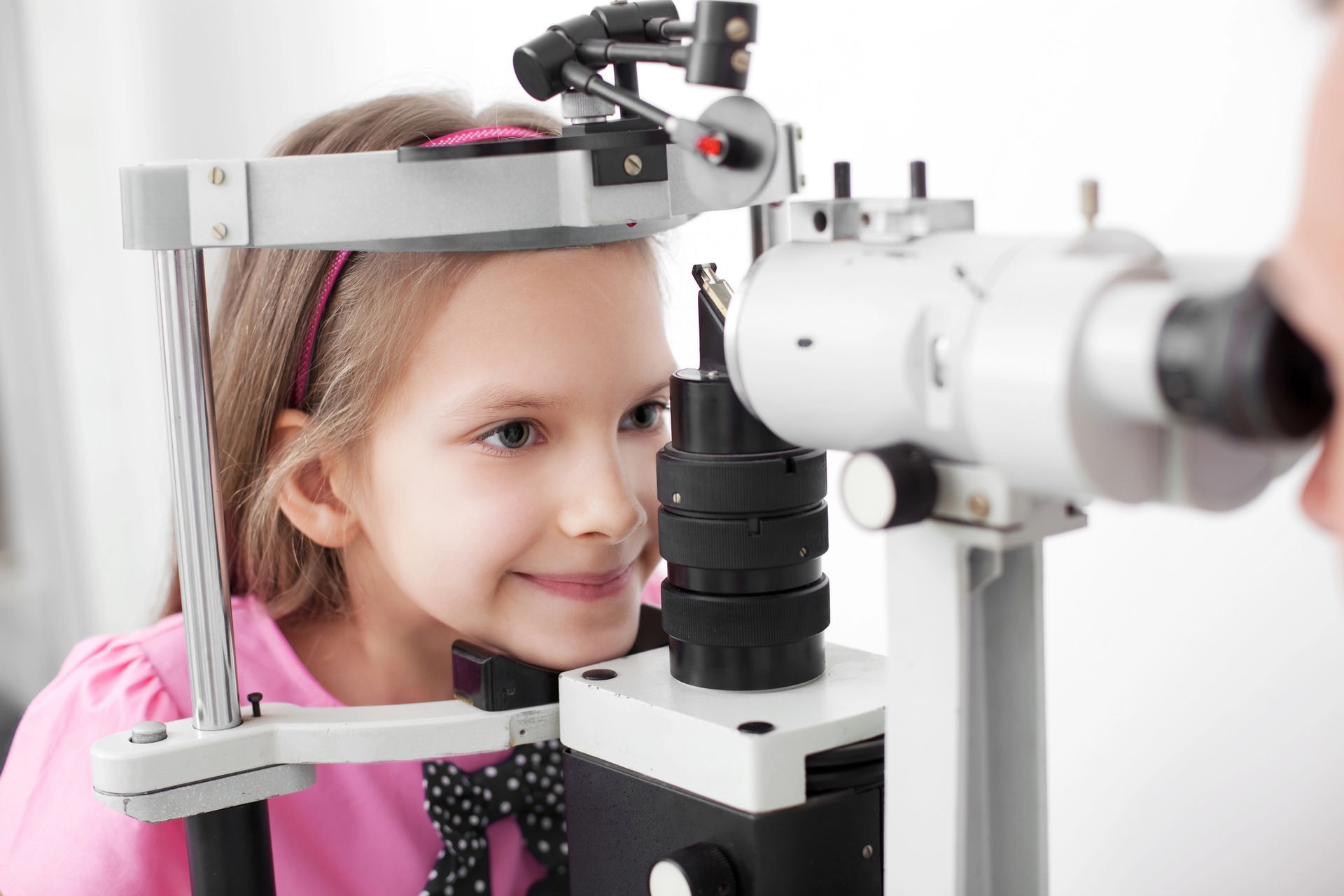
Effective July 1, the cost of a comprehensive eye exam provided to children and seniors at MVO will be: $35 for children $85 for seniors This fee will cover all necessary testing to ensure we can continue to provide you with the best possible care. At MVO we are proud of the elevated standard of care we have provided for over 20 years to the communities of NW Calgary and Cochrane. We value each and every relationship with you, our patients, and look forward to providing you with the experience you deserve for years to come. Thank you, and we look forward to seeing you at your next visit .

Age-related Macular degeneration (AMD) is a common eye disease that can lead to vision loss. At MVO we are testing a new treatment for the “dry” form of AMD. This therapy is the first clinically-proven, Health Canada-approved treatment to improve the visual function of patients affected by dry AMD. We only have room for a limited number of volunteers for this painless, non-invasive treatment involving a patented microcurrent which is applied through the eyelids for 32 minutes per session. There will be no charge for the treatment sessions if you are selected for the clinical trial. Contact us ASAP if you are interested* by emailing us at [email protected] or calling 403-851-2020. * You must be a current patient of MVO. Not all patients with dry AMD are candidates. You will be screened for suitability and informed if you qualify for the clinical trial

Headaches are a common occurrence for many people, but when they occur behind the eyes, should one be worried? They happen as a result of several different conditions, from the most benign lifestyle or environmental conditions, to serious indicators of underlying health issues, some of which may require medical attention.

Lash extensions are a popular cosmetic option to make eyelashes appear fuller and thicker. They are not without risks, however. If not properly cared for and maintained, they can lead to eye infections and blepharitis . Watch Mavleen, our knowledgeable Dry Eye Technician, discuss her lash extension care routine on Tiktok .

In today’s fast-paced and demanding world, stress has become a constant companion for many of us. From work pressure to personal responsibilities, stress can take a toll on our physical and mental well-being. One area that is often affected by stress is our visual system. In this newsletter article, we will explore the effects of stress on our eyes and discuss ways to mitigate its impact. Stress is a natural response to challenging situations, and in small doses, it can actually be beneficial. It can motivate us to perform better and overcome obstacles. However, chronic or excessive stress can lead to a range of health problems, including eye-related issues. One of the most common eye conditions associated with stress is eye strain. When we are stressed, our bodies tend to tense up, including the muscles around our eyes. This prolonged tension can cause discomfort, headaches, dryness, eyelid muscle twitching, and aching around the eyes. Eye strain can also result from prolonged use of digital devices like computers, smartphones, and tablets. Moreover, excessive stress can disrupt our sleep patterns, leading to chronic fatigue. Lack of quality sleep can further exacerbate eye strain and make our eyes more susceptible to other eye conditions, such as dry eyes and blurry vision. Another way stress affects our eyes is by compromising our immune system. When we are stressed, our body releases stress hormones that can weaken the immune system’s ability to fight off infections and inflammation. This can increase the risk of developing certain eye infections , such as conjunctivitis (pinkeye) or styes. Most people are aware that health conditions like high blood pressure are often worsened by chronic stress. Few are aware of the potential effects of high blood pressure on the delicate blood vessels in the retina (tissue that lines the back of the eyes). When these vessels become compromised, they may leak and cause permanent retinal damage and potentially vision loss. Finally, a condition known as “Central Serous Retinopathy” (CSO) may develop in certain individuals exposed to acute levels of stress. With this condition, small, localized retinal detachments may occur in the part of the eye that processes sharp, detailed central vision. Often CSO resolves on its own without consequence, however, sometimes there may be tissue damage leading to scarring and a degree of permanent loss of clarity. So, how can we protect our eyes from the harmful effects of stress? Here are a few strategies to consider: 1. Practice stress management techniques: Incorporate stress reduction techniques into your daily routine. Deep breathing exercises, meditation, yoga, and regular physical activity can help alleviate stress levels and promote overall well-being. 2. Take regular breaks from digital devices: If your work or lifestyle involves prolonged use of digital devices, make it a point to take regular breaks. Follow the 20-20-20 rule – every 20 minutes, take a 20-second break and focus on something 20 feet away. Ensure proper blinking during digital device use. This can help reduce eye strain and prevent dryness. 3. Prioritize quality sleep: Establish a consistent sleep routine and aim for 7-9 hours of uninterrupted sleep each night. Create a relaxing bedtime routine, avoid screen time before bed, and ensure your sleeping environment is conducive to restful sleep. 4. Use proper ergonomics: When using digital devices or working on a computer, ensure proper ergonomics. Position your monitor at eye level, maintain a comfortable distance from the screen, and use proper lighting to reduce eye strain. Your MVO optometrist can give you more specific advice on this at your next eye exam appointment . 5. Stay hydrated: Drinking an adequate amount of water throughout the day can help prevent dry eyes. Aim for at least 8 glasses of water per day to keep your eyes moisturized. Avoid excessive amounts of caffeine which is known to contribute to higher levels of anxiety and due to its diuretic effect, may also contribute to dry eyes. 6. Visit your MVO optometrist. Schedule regular annual eye exams . We can detect early signs of eye conditions related to stress and provide appropriate treatment or management strategies. In conclusion, stress can have a significant impact on our eyes, increasing our risk for a variety of conditions affecting our vision. By adopting stress management techniques, taking breaks from screens, prioritizing quality sleep, practicing proper ergonomics, staying hydrated, and seeking regular eye care, we can protect our eyes and minimize the effects of stress. Remember, it is crucial to prioritize self-care and work on managing excessive levels of stress for the sake of our vision and our overall health and well-being. Source: https://www.optometrytimes.com/view/stress-can-lead-to-negative-effects-in-the-eye

Have you ever noticed tiny specks or cobweb-like shapes drifting across your field of vision? These visual disturbances are known as “eye floaters”, and while most of the time they are harmless, floaters in eyes can sometimes cause concern and anxiety. In this comprehensive guide, we will delve into the world of eye floaters, exploring their causes, symptoms, treatment options, and when to see your optometrist. By understanding the nature of eye floaters, you can gain peace of mind and make informed decisions about your eye health . What are Eye Floaters? Eye floaters are small, dark spots or cobweb-like shapes that appear to float across your vision. They are caused by tiny bits of debris within your eyes that cast shadows on the retina—the light-sensitive tissue at the back of your eye. These floaters may vary in size, shape, and density, and can sometimes be more visible when looking at bright backgrounds or in well-lit settings. Dr. Tom Wilk explaining “floaters”:

Do your eyes often feel uncomfortable? Most people assume that symptoms of burning, itching, redness, tearing, and scratchiness/grittiness are due to dry eyes. Often, they are surprised when our optometrists diagnose a different condition. “Blepharitis” is an inflammatory disease of the eyelids related to the buildup of debris on the eyelashes and eyelid margins (the edges of the eyelids where the lashes grow). The debris can come from a variety of sources, including dust in the air, eye makeup, secretions from our own tears and glands within the eyelids, and even a tiny body mite known as Demodex . When this buildup becomes chronic, inflammation ensues and symptoms often develop. Long-term blepharitis may cause chronic infections of the eye, loss of eyelashes and may contribute to dry eye disease . The prevalence of blepharitis has been estimated to be as high as 47% in adults , and may be seen in all age groups including children. The treatment of blepharitis depends on the cause and the severity of symptoms, and may range from the regular use of lash scrubs , medicated eye drops, and in-office therapeutic procedures. Long-term blepharitis can create a stubborn biofilm which can be difficult to remove. One of the most popular new treatments for blepharitis is Zesting. This is done in-office by our expert dry eye technicians. A numbing eye drop is used, and a special solvent is applied to the eyelashes using a technique that is very effective at removing long-term buildup and any pathogens such as bacteria or Demodex. Our patients often comment that their eyes have never looked or felt better once they’ve received a ZEST treatment. This is also a commonly prescribed treatment to do before cataract surgery, to ensure the eyelids and lashes are as clean as possible to avoid any risk of infection during the procedure. We typically prescribe ZEST treatments for blepharitis once every six months, or more frequently depending on the severity of the condition. Your MVO optometrist will be able to review options to manage blepharitis in more detail at your next visit .

The Merriam-Webster dictionary chose “authentic” as the word of the year for 2023. In a world filled with fake news, misleading social media posts, and even Artificial Intelligence, it’s not surprising that people are craving more genuine connections, ethical practices, and interactions with people who care. Beyond the basic transaction of receiving a product or service we paid for, sometimes our experiences fall short of expectations. Digging deeper, it’s often the lack of authenticity that leaves us wanting more. What defines an authentic business? We’ve broken down the substance of what every business should be striving for to achieve true authenticity: 1. A Foundation of Trust: Trust is the bedrock of any successful relationship, and authenticity catalyzes building that trust. Actions and decisions should always be evaluated against the Core Values of a business. 2. Connecting on a Meaningful Level: The relationship with patients and customers is of paramount importance. What matters to you most is the primary focus. Listening with empathy, striving to understand, and taking a genuine interest are all equally important to serve clients most effectively. 3. Embracing a Unique Identity: In a world filled with options, you want a distinctive approach unlike all the rest. How the business delivers the service or product you are seeking makes a difference, as well as the specific features that define a high-quality experience. 4. Community Empowerment: A local business can derive a lot of value from the customers within its influence, and this value should be returned to the community in ways that extend beyond the product or service itself. A conscientious business will actively look at ways to give back. 5. Valuing Feedback: Being authentic means always striving to improve. Listening to customers’ thoughts, perspectives, and opinions helps an authentic business shape its direction and priorities. It also helps it stay agile and responsive to the changing needs of its customers. We recognize you have a choice when it comes to your eye care provider, and we want to express our deepest appreciation for your ongoing support. Our Core Values of Compassion, Protection, and Professionalism were developed with our team and lived each and every day – our doctors and staff are always inspired when they can make a positive difference in someone’s life. We understand that quality means different things to different people. At MVO it means accuracy, precision, technology, performance, fashion, and durability. We promise to bring you products and services that live up to your expectations, without compromise. You’ve helped support our work locally and internationally ensuring that we all benefit from businesses that give back. Our contact lens recycling program, promotion of environmentally safe products and paperless charting system contribute to a healthier environment and a more sustainable future. Thank you for entrusting us with your vision. You are the reason we strive to be the best version of ourselves every day. Together, we can continue to celebrate and support authentic businesses that make a meaningful impact on our lives and the world around us.
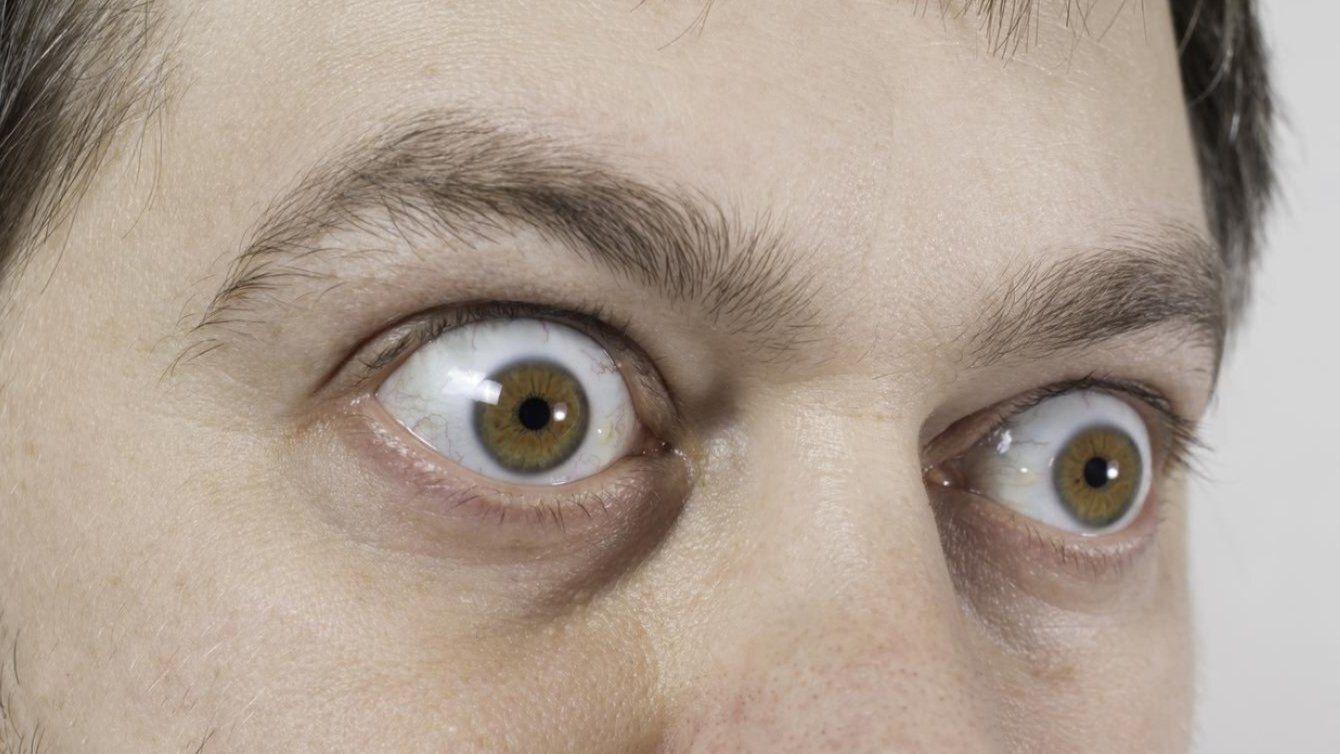
An over-active thyroid gland may be caused by a condition known as “Graves disease”. People with Graves disease may develop thyroid eye disease. In this article, we will delve into the causes, symptoms, and available treatments for thyroid eye disease, to increase awareness of this common disorder. Symptoms of Graves and Thyroid Eye Disease Graves disease is an autoimmune condition, where the body’s immune system attacks healthy tissue, resulting in symptoms such as weight loss, shaking, heart palpitations and insomnia. Some people with Graves disease may develop thyroid eye disease, and may experience one or more of the following symptoms: Dry eyes Wide-open eyelids (resulting in a “surprised” expression) Blurred and/or double vision Swelling around the eyes Light sensitivity Redness Eye pain Not everyone will have these symptoms and those that do will have a wide range of severity. Some may even experience permanent loss of vision in extreme cases. Risk Factors and Progression Without treatment there is a risk of progression. Those who have Graves disease and smoke will statistically have a 2 to 8 times greater risk of thyroid eye disease. Even those with low thyroid may eventually develop thyroid eye disease from Graves, and there have been instances where Graves disease has resulted from long-term treatment of hypothyroid with medical therapy. Diagnosis and Treatment Often people with thyroid eye disease will first present to their optometrist’s office with symptoms. MVO optometrists are experienced in identifying when patients may be at risk based on the results of their eye exam. If we suspect thyroid eye disease, we communicate with your family doctor with a request for an endocrinology referral. Diagnosing thyroid eye disease typically involves a comprehensive examination as well as blood tests. There are several treatment options available for thyroid eye disease, and the approach may vary depending on the specific symptoms and severity. Radioactive iodine is considered, which is taken by mouth and causes the thyroid gland to shrink. Other types of medications may be considered as well. Eye issues such as dry eyes may be managed by artificial tears, warm compresses, omega 3 supplements, prescription medications, and more advanced therapy . Double vision may be alleviated by adding a prism correction to the glasses. Those with severe or rapidly progressive issues resulting from thyroid eye disease may require surgical intervention by an ophthalmologist. Thyroid eye disease can have a significant impact on quality of life, particularly if it causes discomfort or impacts one’s appearance. A team approach with a network of health professionals is often required to successfully manage the condition. Proactive support and care will ideally result in early diagnosis and intervention to minimize the impact of thyroid eye disease. If you have a concern that you may be at risk of thyroid eye disease or any other ocular condition, please do not hesitate to contact us to arrange an appointment with one of our skilled and experienced optometrists.

This month we are raising awareness of the potential effects of diabetes on vision. About 9% of the Canadian population 1 is currently living with diabetes, and the rate is increasing. Diabetic Retinopathy is one of the more serious complications of this disease that may lead to permanent vision loss. About 60% of people with Type 2 diabetes (most commonly adult onset) will get diabetic retinopathy within two decades of diagnosis 2 . Most of the time, early diabetic retinopathy causes no symptoms – no change in vision or discomfort – which is why it often goes undiagnosed. Patients may have normal, or “20/20 vision” for years while diabetic retinopathy silently damages the retina. Normal vision may cause some to believe they do not have any problems, and so they may not seek preventive care. Many of our patients have diabetes, and our MVO optometrists are skilled and experienced at picking up the earliest signs of a problem. These are the tests that are conducted: Retina exam : we use Optomap Wide-field imaging which is one of the best ways to obtain a thorough and detailed view of the retina. Our doctors look for signs of leaky blood vessels or more advanced signs of diabetic retinopathy at each visit. Dilation of pupils : usually done annually for most patients with diabetes, when combined with wide-field imaging provides the most comprehensive eye health assessment. Macular OCT : the most sensitive part of the retina often shows subtle signs of swelling or cystic changes that might indicate early diabetic eye disease. This highly detailed cross-sectional scan aids our optometrists in picking up any subtle changes that may occur over time. Maintaining optimal blood sugars through diet, nutrition, exercise, and often medication is crucial in reducing the risk for vision loss from diabetes. Your MVO optometrist is here to help with any questions or concerns. Annual eye exams are an important proactive step in maintaining good overall health, and this is especially important with diabetes. References: Framework for diabetes in Canada - Canada.ca Canadian Life Sciences Database

